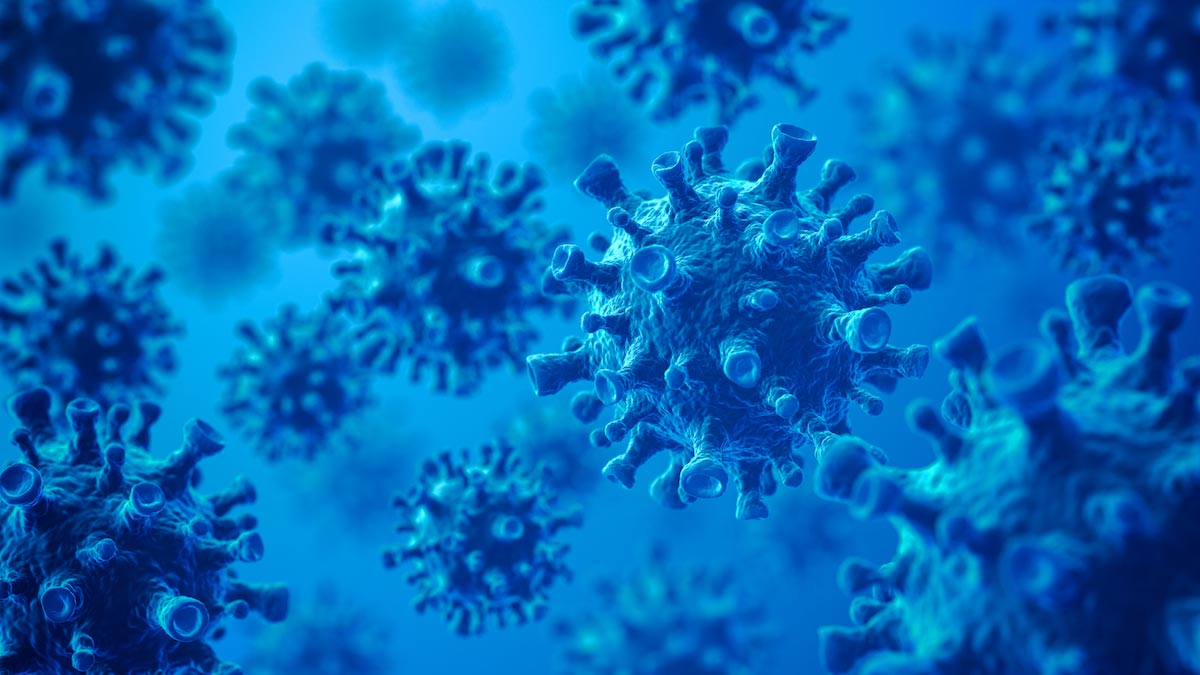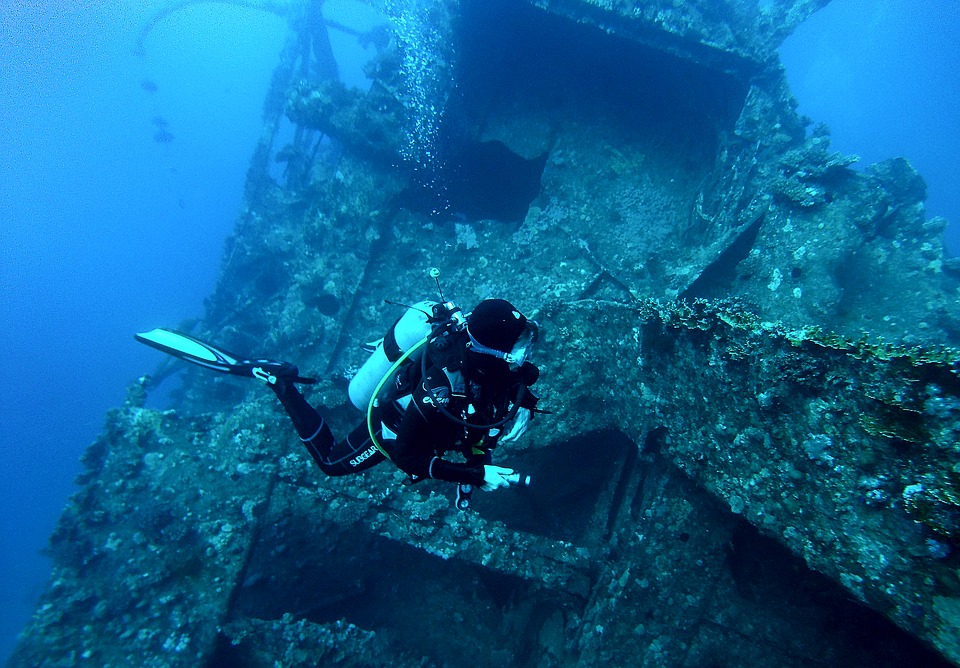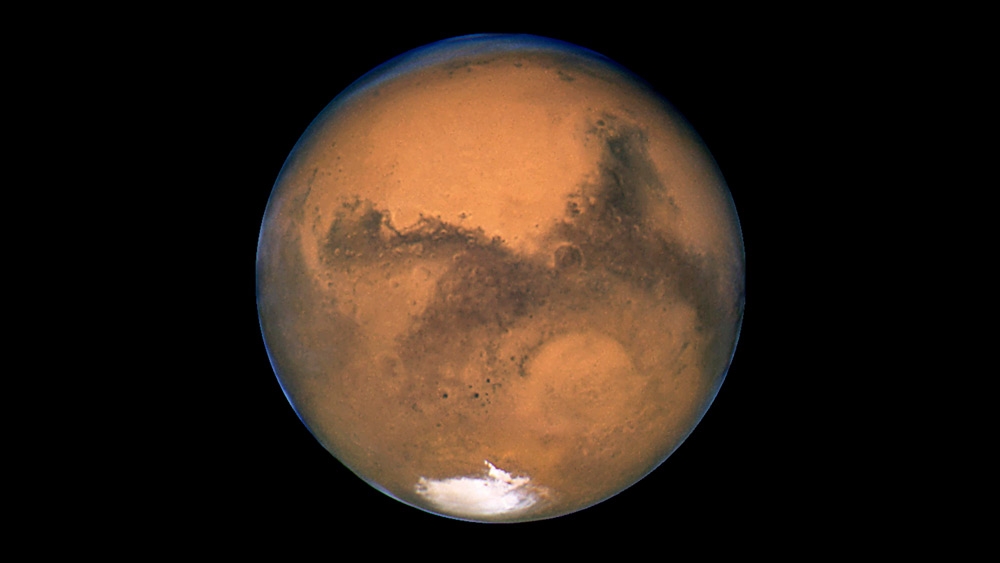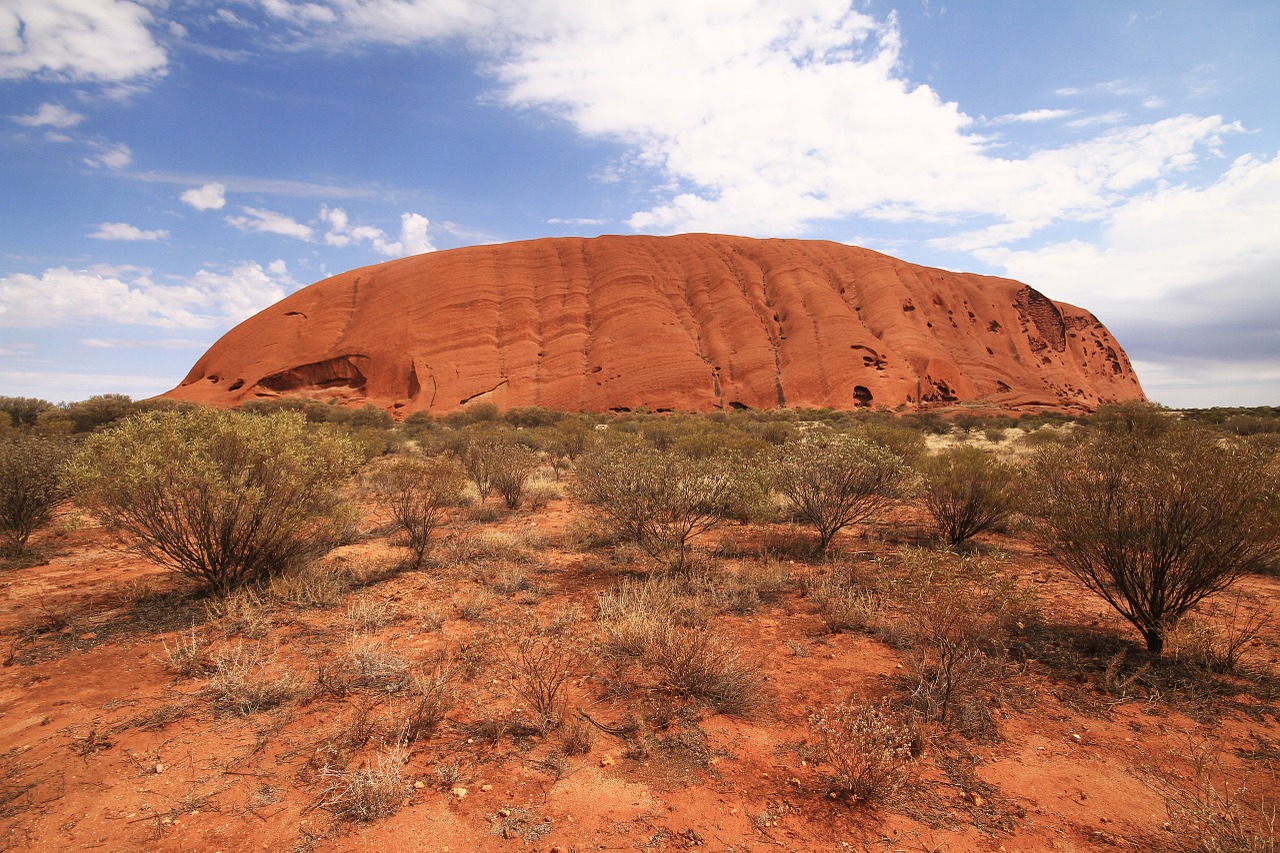The connection between humans and salt
04/30/2018 / By Edsel Cook

Salt occupies an important – hallowed, even – place in human culture, history, health, and diet, according to an article in GreenMedInfo.com. In fact, cardiovascular researcher Dr. James DiNicolantonio argues that we need to increase the amount of salt in our diet.
In his recent book, Dr. DiNicolantonio claims humans evolved eating a diet with plenty of sodium chloride, not the other way around. He points out how prevalent salt is in nature, even when you travel away from the sea.
Salt is found in practically everything: Rainwater, the ground, mountains, animals, and plants. It comprises 90 percent of the minerals found in the ocean, as well as the ones in human blood.
One of our primary perceptions of taste is saltiness. This reportedly reinforces the human tendency to seek out salty foods.
According to Dr. DiNicolantonio, humans will look for any way to satisfy their cravings for salt. They will dig mines, drink from salt lakes and brine springs, collect evaporated seawater, and even lick salt rocks.
People short on salt will eat flesh, drink milk or salty water or the blood and urine of animals, or burn salty plants and seaweed for the ash. Those with too much will build structures and even an entire city – such as Teghaza in the Sahara – out of salt bricks. (Related: Chinese fast food might give you high blood pressure; it can have the same salt content as TEN bags of chips.)
Our ancestors ate way more salt than we did
If you ask the World Health Organization, humans are eating too much salt. But according to Dr. DiNicolantonio, the current average intake of eight to nine grams of salt is not high compared to the amount people ate during the past few centuries.
He says the ancient Romans ate around 25 grams every day, the average French citizen of the 18th century ate around 13 to 15 grams, and the Swiss used to eat anywhere from 15.5 grams to 23 grams. The Danes of the 16th century consumed up to 50 grams while the Scandinavians came close to 100 grams due to all the cured meat and salted fish they ate.
Furthermore, Dr. DiNicolantonio notes how salt ranks right next to gold as a valuable commodity for much of human civilization. Salt was used as money in Rome, Africa, China, and Borneo, and it was a valuable trade good in Venice.
Intrepid explorers during the Age of Exploration reported that African chiefs needed salt to keep themselves and their valuable cattle alive during the hottest parts of the year. In fact, those same Africans will trade their wives and children for the salty stuff.
The many uses of salt
Dr. DiNicolantonio also enumerated the various functions fulfilled by salt. Saline solutions were used to treat bruises as well as various diseases involving the joints between bones, swelling, and infections. They were also used as antiseptic agents.
He quotes Pliny the Elder, who wrote about how ancient Romans used tooth salt to clean their teeth and protect themselves from tooth decay. He also brought up the old Roman cookbook De Re Coquinaria, which noted that seasoned salts eased digestion, loosened the stomach, and prevented illness, pestilence, and fever.
Moving from the ancient classics, Dr. DiNicolantonio cited modern-day medical knowledge. He points out that salt is an essential mineral that supports the nervous system, enables our heartbeats, permits movement, and helps control body temperature through perspiration.
According to him, the human body is trying to maintain its “internal sea.” He urges people to listen to their “salt hunger” and consume more sodium chloride.
Visit Nutrients.news for more articles on human nutrition.
Sources include:
Tagged Under: Age of Exploration, ancient history, brine springs, culture, human civilization, nervous system, saline solutions, salt, salt intake, salt lakes, salt mines, salt rocks, salty foods, sea salt, sodium chloride, tooth salt, uses of salt, valuable commodity


















